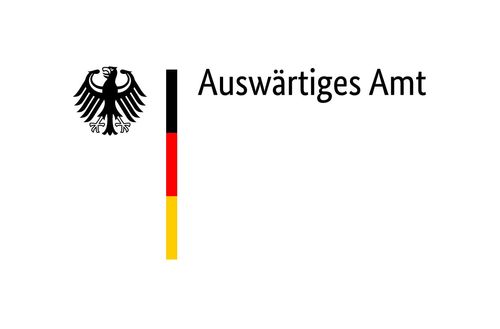Musée d‘ethnographie de l‘Université de Bordeaux
Tatiana Gavrilovna Starostina explains a traditional hat ornament
“This hat ornament, called chopchuur, is made of fabric. It dates back to the 19th century, as it is made from cloth and decorated with beads. In our museum, we have a similar hat (d’abaka) made entirely of fur, and the chopchuur is also traditionally made of fur. The chopchuur ornament is sewn onto the top of a d’abaka hat. The name chopchuur has only been used since the early 20th century. In the second half of the 19th century, many new textiles were brought to the region and sold. On the top of this piece, there are two kөҕүөr patterns, and on the edges, you can see curved, multicolored swirls. These design features also point to the time period mentioned.
Two colors were used in this chopchuur — black and red. It was common to use these two colors, as we can also observe in the chopchuur preserved in America. In earlier garments, such as those excavated from the 18th century, it was more common to use three colors. But in this chopchuur, sewn in the second half of the 19th century — possibly even the early 20th — the color scheme had already changed. However, the appearance and shape of the chopchuur remained unchanged. On both sides, two beaded lines run along the edges, framing the embroidery and also covering the seams. This is a traditional Sakha method used to seal nearly all seams. It was believed that dark forces could enter a person’s head through the gaps in the seams. That’s why all seams were protected in this way. And this is a tuohahta made of silver, placed in the center. It represents the sun, because the Sakha say: ‘We are the children of the White Sun.’ The White Sun is round, the year is round, the circle of life is round — and that is why the round tuohahta was sewn onto the ornament.
There is a story that a malicious spirit once approached a Sakha woman, but when he saw his own reflection in the tuohahta, he became frightened and ran away. So the tuohahta is also sewn on to ward off evil spirits. This is a very ancient tradition tied to this kind of headwear. In order not to break this tradition, people still sew and wear this traditional headdress. Let us therefore familiarize ourselves with old materials, which are preserved in various places, including America. By studying them, this tradition will continue to live on.”
Recorded in Yakutsk, 2024.



